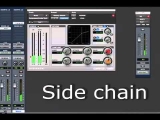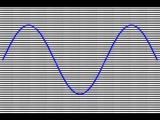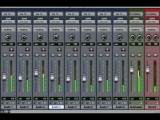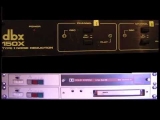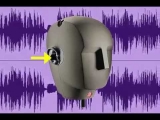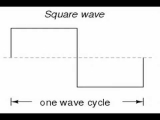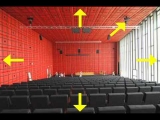Double-Tracking
Double-Tracking
A popular technique when recording both singers and instrumentalists is called “double-tracking”. For example, a singer might overdub a second lead vocal. In the mixing session, the two parts would then be blended together to produce a naturally chorused sound that can strengthen the texture of the double-tracking, the musician attempts to duplicate the exact pitch and phrasing of the original track. This eliminates double attacks, early cut-offs, and intonation solos, as well as background singers, and wind and string ensembles will often be double-tracked to strengthen the tonal texture, make the ensemble sound like more people, or more than one overdub is recorded. This was particularly common in the 1960s and 70s, when singers would often triple-track their vocals. Today it’s easier than ever, since with digital workstations, the number of available tracks is no longer fixed as it was with analog tape.


